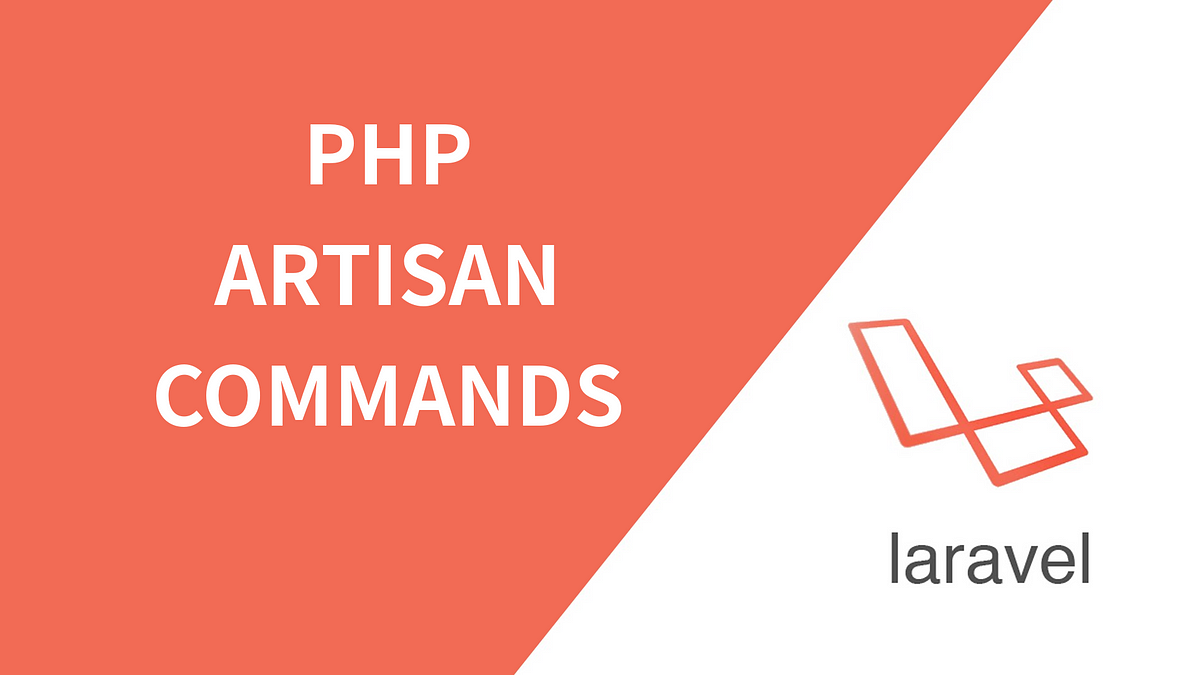Understanding php artisan make:request and make:controller: A Comprehensive Guide
Introduction
Laravel is a powerful and popular PHP framework known for its elegant syntax and robust features. Two essential Artisan commands in Laravel are `php artisan make:request` and `php artisan make:controller`. These commands help streamline the development process by generating boilerplate code for form requests and controllers, respectively. This guide will cover the details of these commands, their usage, and best practices.
php artisan make:request
The `php artisan make:request` command is used to create a new form request class. Form requests are custom request classes that encapsulate validation logic, making it easier to validate incoming data in a clean and organized manner.
Usage
To create a form request class, run the following command:
php artisan make:request StorePostRequestThis command generates a new request class named `StorePostRequest` in the `app/Http/Requests` directory.
Form Request Structure
A form request class typically includes two methods:
- authorize: Determines if the user is authorized to make this request.
- rules: Returns an array of validation rules for the request.
namespace App\Http\Requests;
use Illuminate\Foundation\Http\FormRequest;
class StorePostRequest extends FormRequest
{
public function authorize()
{
return true;
}
public function rules()
{
return [
'title' => 'required|string|max:255',
'content' => 'required|string',
];
}
}
In this example, the `authorize` method returns `true`, allowing all users to make this request. The `rules` method defines validation rules for `title` and `content` fields.
Using Form Requests
To use the form request in a controller, type-hint the request class in the controller method:
namespace App\Http\Controllers;
use App\Http\Requests\StorePostRequest;
class PostController extends Controller
{
public function store(StorePostRequest $request)
{
$validatedData = $request->validated();
// Store the post...
}
}
In this example, the `store` method of the `PostController` class type-hints the `StorePostRequest` class. The `validated` method returns the validated data.
php artisan make:controller
The `php artisan make:controller` command is used to create a new controller class. Controllers handle the incoming HTTP requests, process them, and return appropriate responses. They act as intermediaries between models and views.
Usage
To create a controller, run the following command:
php artisan make:controller PostControllerThis command generates a new controller class named `PostController` in the `app/Http/Controllers` directory.
Resource Controllers
Resource controllers provide a convenient way to create a controller with pre-defined methods for CRUD operations. To create a resource controller, use the `--resource` option:
php artisan make:controller PostController --resourceThis command generates a controller with methods for `index`, `create`, `store`, `show`, `edit`, `update`, and `destroy` actions.
API Controllers
To create an API controller, use the `--api` option:
php artisan make:controller PostController --apiThis command generates a controller with methods for `index`, `store`, `show`, `update`, and `destroy` actions, without the `create` and `edit` methods.
Controller Structure
A typical controller class may look like this:
namespace App\Http\Controllers;
use App\Models\Post;
use Illuminate\Http\Request;
class PostController extends Controller
{
public function index()
{
$posts = Post::all();
return view('posts.index', compact('posts'));
}
public function create()
{
return view('posts.create');
}
public function store(Request $request)
{
$validatedData = $request->validate([
'title' => 'required|string|max:255',
'content' => 'required|string',
]);
Post::create($validatedData);
return redirect()->route('posts.index');
}
public function show(Post $post)
{
return view('posts.show', compact('post'));
}
public function edit(Post $post)
{
return view('posts.edit', compact('post'));
}
public function update(Request $request, Post $post)
{
$validatedData = $request->validate([
'title' => 'required|string|max:255',
'content' => 'required|string',
]);
$post->update($validatedData);
return redirect()->route('posts.index');
}
public function destroy(Post $post)
{
$post->delete();
return redirect()->route('posts.index');
}
}
This example demonstrates a resource controller with methods for handling CRUD operations for posts.
Conclusion
The `php artisan make:request` and `php artisan make:controller` commands are powerful tools in Laravel that help streamline the development process by generating boilerplate code for form requests and controllers. By understanding and utilizing these commands, developers can create clean, organized, and efficient code for handling validation and request processing in their applications.



Post a Comment
0Comments